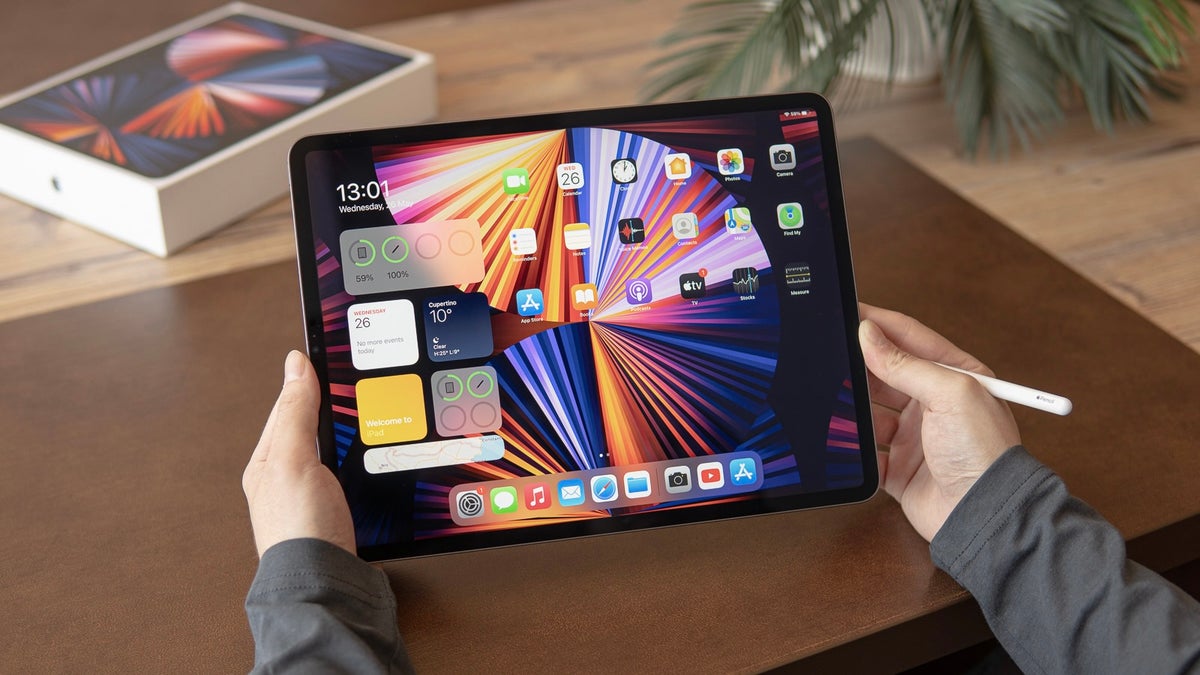The M1 iPad Pro can run a desktop OS - Apple just won't let it

The iPad Pro (especially the 12.9” version) is by far the most advanced dedicated tablet on the market, at least hardware-wise. With the introduction of the M1 chip to the iPad lineup, Apple has managed to consolidate its position as an undisputed leader in the market.
But there is one fatal flaw that still stands in the way of the iPad - its operating system. iPadOS has come a long way, especially with the adoption of Stage Manager, but it still pales in comparison to something like MacOS.
The sad truth is that this seems to be a conscious decision on Apple’s part. The iPad is more than capable of running a desktop-class OS, at least in terms of raw power. For reference, both the new iPad Air and the iPad Pro share a processor with Apple’s 2020 MacBook Air.
Furthermore, a couple of days ago, a video was posted on YouTube showcasing the 12.9” iPad Pro running a full-on visualization of Windows 10. The benchmarks are somewhat lackluster (due to poor optimisation), but still indicate a sufficient amount of processing power.
Naturally, the only logical question is why? Why is Apple sabotaging its own product? The likeliest answer is very simple - pricing.
The M1 iPad Air starts at just $599. That is less than half of what you would pay for an M2 MacBook Air. Even with a Magic Keyboard and Apple Pencil, the grand total will still be less. In essence, if the iPad were a capable laptop-replacement that would jeopardize the MacBook’s position.
Hence, Apple is continuing to market iPads as tertiary devices, something you use alongside your smartphone and laptop. This is what makes the iPad’s appeal relatively limited and why it finds a place mostly in education. This is also the main reason why tablets as a whole seem to be a dying breed.
The sad truth is that this seems to be a conscious decision on Apple’s part. The iPad is more than capable of running a desktop-class OS, at least in terms of raw power. For reference, both the new iPad Air and the iPad Pro share a processor with Apple’s 2020 MacBook Air.
Naturally, the only logical question is why? Why is Apple sabotaging its own product? The likeliest answer is very simple - pricing.
The M1 iPad Air starts at just $599. That is less than half of what you would pay for an M2 MacBook Air. Even with a Magic Keyboard and Apple Pencil, the grand total will still be less. In essence, if the iPad were a capable laptop-replacement that would jeopardize the MacBook’s position.
Follow us on Google News


![Some T-Mobile users might be paying more starting in March [UPDATED]](https://m-cdn.phonearena.com/images/article/176781-wide-two_350/Some-T-Mobile-users-might-be-paying-more-starting-in-March-UPDATED.webp)










Things that are NOT allowed:
To help keep our community safe and free from spam, we apply temporary limits to newly created accounts: